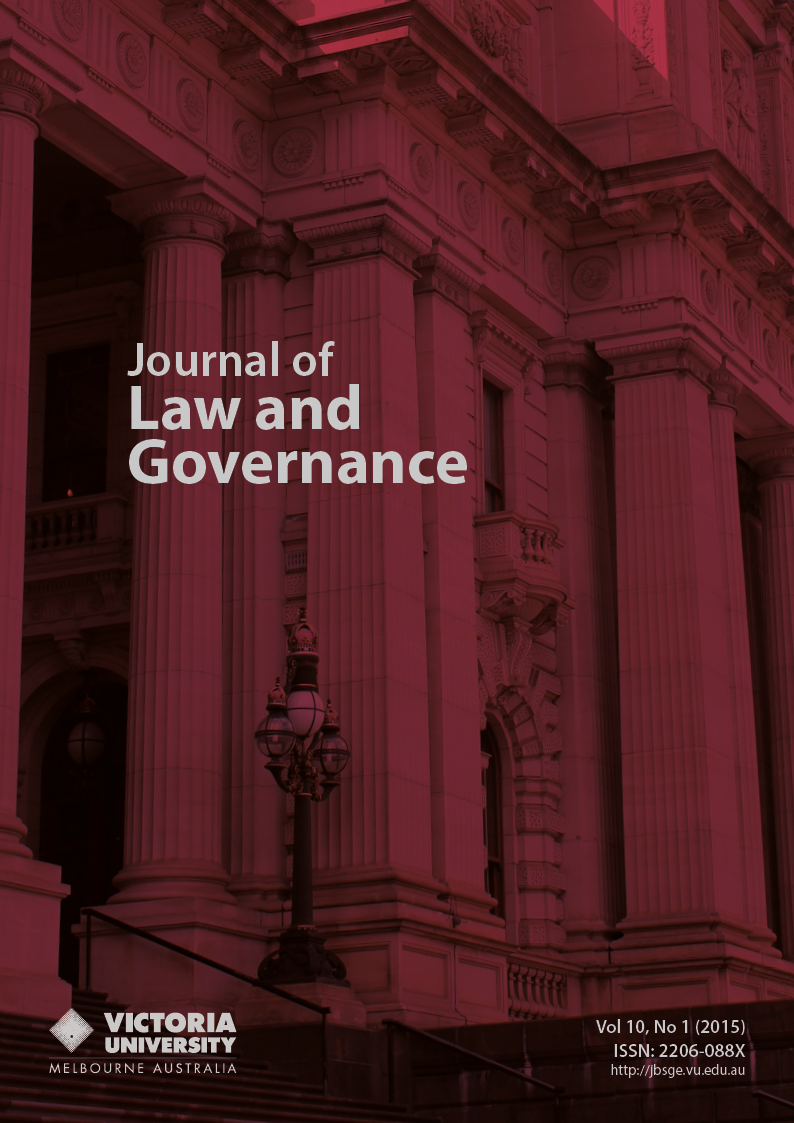Using the Theory of Institutional Isomorphism to Create a Conceptual Framework of the Governance of Clinical Research in Relation to National Mutual Acceptance
DOI:
https://doi.org/10.15209/jbsge.v10i1.845Abstract
The objective of this paper is to develop a conceptual framework, based on the corporate governance theory of institutional isomorphism, to explain key drivers of the varied research governance practices in Victorian hospitals in relation to the newly introduced National Mutual Acceptance (NMA). The paper commences with a brief discussion of the clinical and economic importance of clinical research. This is followed by a conceptualisation of four pillars in research governance. The following step overlays the constructs of institutional isomorphic theory: organisational legitimacy, organisational fields and the mechanisms of coercive, mimetic and normative isomorphism, on the governance pillars. This conceptual crossover identifies potential areas that, in addition to regulatory obligations, may influence the level of organisational engagement with NMA objectives. In so doing the model provides meaning and significance to different corporate approaches to the governance of clinical research in organisational address of the implications of the National Mutual Acceptance
Published
How to Cite
Issue
Section
License
Authors who publish with this journal agree to the following terms:- Authors retain copyright and grant the journal right of first publication with the work simultaneously licensed under a Creative Commons Attribution License that allows others to share the work with an acknowledgement of the work's authorship and initial publication in this journal.
- Authors are able to enter into separate, additional contractual arrangements for the non-exclusive distribution of the journal's published version of the work (e.g., post it to an institutional repository or publish it in a book), with an acknowledgement of its initial publication in this journal.
- Authors are permitted and encouraged to post their work online (e.g., in institutional repositories or on their website) prior to and during the submission process, as it can lead to productive exchanges, as well as earlier and greater citation of published work (See The Effect of Open Access).


